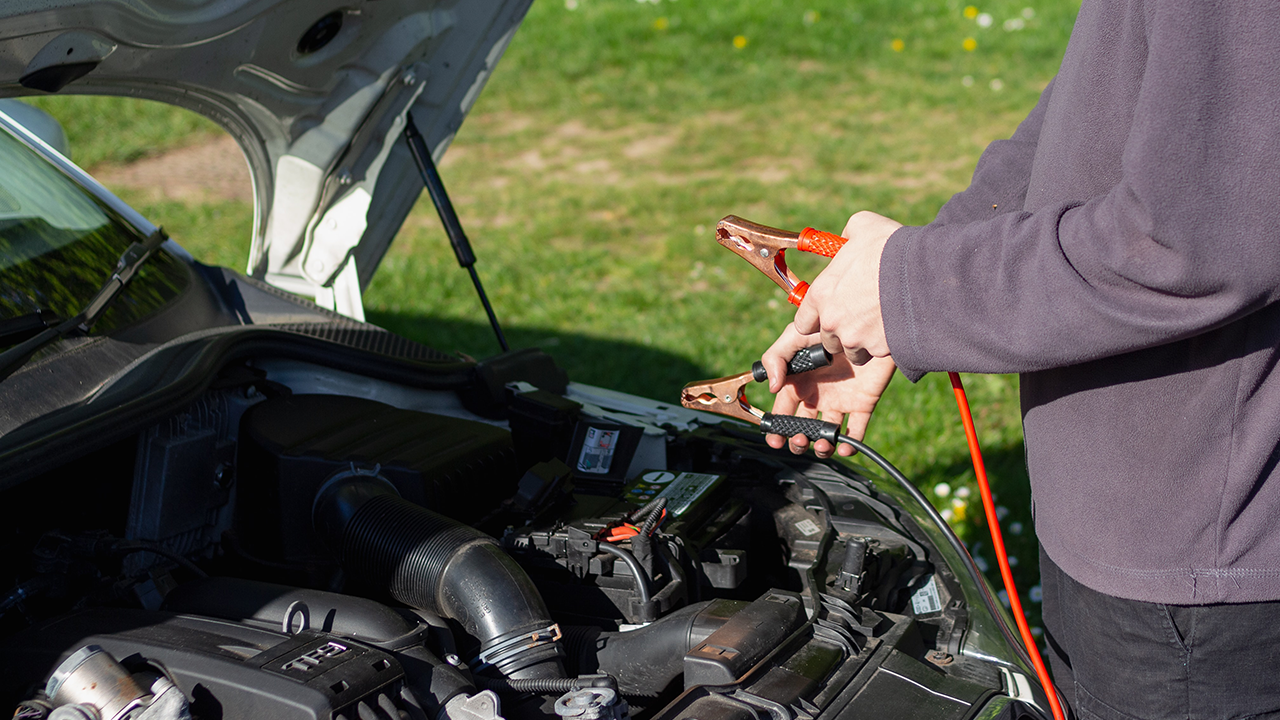The term ‘pneumatic’ particularly implies the delivery of power via controlled movement of pressurized gas, including air. Air fittings serve as necessary link between tubes, hoses and other components of any pneumatic-powered system delivering pressurized gases through airtight network of above components. A majority of these conduits are linked to each other and other devices being powered, by a range of air fittings including couplings, adapter and valves. Air fittings feature tighter seals and their pressure requirements are low in comparison to hydraulic fittings.
To generalize the description, pneumatic fitting can be any kind of connecter crafted to link components or appliances in a pressurized and sealed dry-air system. With its application in many types of industries including garage and automotive sector, construction, manufacturing and processing industry etc. today we will discuss specifically about Air Couplings, their uses and other nuances about them.
What are Air Couplings?
Air couplings or pneumatic couplings are used to connect compressed air tools to compressed air line. An air coupler provides an easy connection and disconnection to a pipe or a hose while it is under pressure. The Pcl Couplings system comprise of two components: the plug or the male thread and the coupling or the female thread. The line closes automatically as soon as the coupling is disconnected from a component making sure that system stays under pressure. However, one may encounter numerous names for an air coupling in this industry such as Pneumatic coupling, air hose coupling, compressor coupling or compressed air coupling, each one referring to the same product.
What do Air Couplings attach to?
Air Couplings or fittings can be connected to a wide range of conduits and devices such as tubing, pipe and hoses at several points around air-powered system. The operating pressures required to run the system decides the type of coupling best suitable for your planned application and working environment. Make sure to choose the specific fitting type keeping in mind the kind of conduit you are using on either side of the coupling to pass through the compressed air. Most common conduits that are attached to the fitting include-
Hose
A hose is generally referred to a flexible and hollow type of conduit made from strong rubber or plastic material in multiple layers. Due to frequent wear and tear, it is suppose to be replaced on regular intervals. The couplings used with hose can be more easily detached and are less permanent.
Pipe
Pipe in pneumatic system is usually a hollow cylindrical conduit made from more solid materials often in a single layer and can have great length. It is a better selection for a more permanent installations and runs. The air fittings designed for pipe are attached for long duration than hose and more firmly fixed in a place. The coupling for pipe is decided based on the inner diameter of the conduit.
Tubing
Tubing in this system is often halfway between pipe and hose in nature. It is comparatively rigid with some degrees of flexibility and is proposed for less permanent installations than other conduit assemblies are. Size of fitting for pneumatic tube is determined as per its outer diameter.
Advantages of PCL Standard Airline Couplings
The airflow couplings are designed in such a way to support fixed installation. The air couplings Std range by PCL apart from being very popular and widely used in processing and manufacturing sector, offers numerous advantages.
- The positive locking mechanism ensures that coupler do not detach accidently.
- The Air Couplings Std Range is versatile enough to be compatible with the standard range of adapters.
- The steel construction of the coupling makes it chemical resistant, robust and hardwearing in nature.
- Protective shoulder of the couplings helps in preventing any kind of dirt penetration and accidental disconnection.
- The range is ideal for use in workshop or engineering environment.
How to Gauge Thread Side of an Air Coupling?
Air couplings are an integral part of industries that make use of pneumatic tools. Other than making the connections simpler, their designs ensure to minimize leaks. However, depending upon their application, their sizes and type differ. Now, the question is how to measure their sizes.
Thread sizes of coupling are based on trade size instead of actual dimension. With the help of a ruler, measure the inside diameter of a female thread whereas for male thread, measure across the outside diameter. The various sizes represent the different types of standards for pug couplers. The coupler with measurement of ¼” or ½” simply denotes their volume capacity. The ¼” size of coupling is used for basic flow systems setup on most common air compressors. However, remember if the thread measures 0.5” on ruler, it is not a ½” BSP but it is actually a ¼” BSP thread.
Rangerstork brings to you a range of PCL Standard Airlines Couplings, with years of design enhancement, a wide range of compressed airline fittings for any solution.
